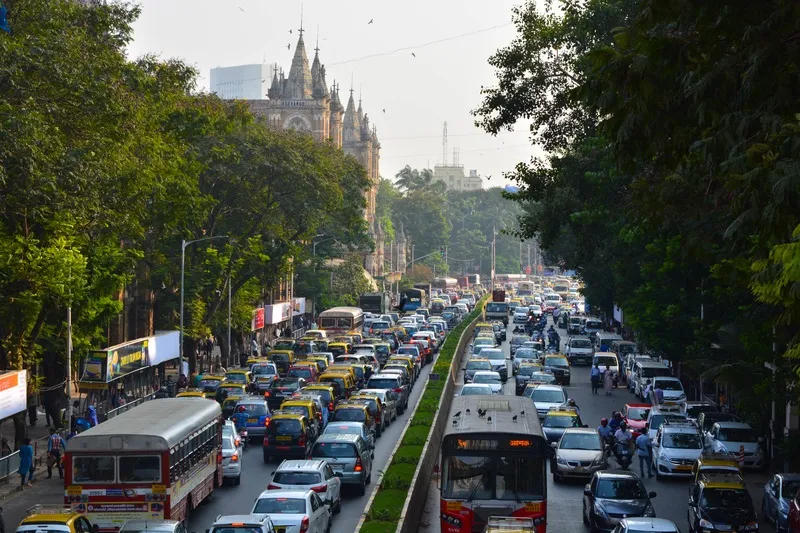In a move which the TomTom Telematics says will give companies in both countries access to its fleet management technology TomTom has launched its Webfleet fleet management platform in Chile and Mexico.
Webfleet provides greater visibility into fleet operations, combining professional navigation and world-class traffic information with award-winning driver improvement technology to help business drivers spend less time on the road and to use less fuel.
The development follows the acquisition of Coord
December 4, 2015
Read time: 2 mins
In a move which the 1692 TomTom Telematics says will give companies in both countries access to its fleet management technology TomTom has launched its Webfleet fleet management platform in Chile and Mexico.
Webfleet provides greater visibility into fleet operations, combining professional navigation and world-class traffic information with award-winning driver improvement technology to help business drivers spend less time on the road and to use less fuel.
The development follows the acquisition of Coordina (Gestion Electronica Logistica), the Spanish market leader in fleet management solutions, in 2013, building on existing infrastructure in both countries.
“Commercial vehicle fleets oil the wheels of both the Mexican and Chilean economies but, at the same time, contribute to environmental pollution. Furthermore, these fleets frequently operate in urban areas to serve their customers, facing heavy traffic congestion and changes to job schedules,” said Javier Cañestro, director business development Latin America at TomTom Telematics.
“Mexico City was revealed as the second most congested large city in the world in the last TomTom Traffic Index, while authorities in Santiago de Chile announced the city’s first environmental emergency in 16 years in June due to high smog levels.
“With more than eight million commercial vehicles in operation in these countries and telematics penetration of around seven per cent, both Mexico and Chile represent attractive market opportunities for TomTom Telematics,” added Cañestro.
Webfleet provides greater visibility into fleet operations, combining professional navigation and world-class traffic information with award-winning driver improvement technology to help business drivers spend less time on the road and to use less fuel.
The development follows the acquisition of Coordina (Gestion Electronica Logistica), the Spanish market leader in fleet management solutions, in 2013, building on existing infrastructure in both countries.
“Commercial vehicle fleets oil the wheels of both the Mexican and Chilean economies but, at the same time, contribute to environmental pollution. Furthermore, these fleets frequently operate in urban areas to serve their customers, facing heavy traffic congestion and changes to job schedules,” said Javier Cañestro, director business development Latin America at TomTom Telematics.
“Mexico City was revealed as the second most congested large city in the world in the last TomTom Traffic Index, while authorities in Santiago de Chile announced the city’s first environmental emergency in 16 years in June due to high smog levels.
“With more than eight million commercial vehicles in operation in these countries and telematics penetration of around seven per cent, both Mexico and Chile represent attractive market opportunities for TomTom Telematics,” added Cañestro.










